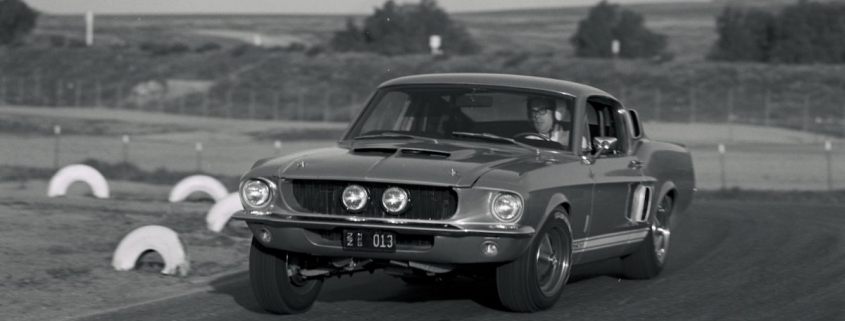These Methods Can Improve Classic Muscle Car Handling
Classic muscle cars get criticism for having poor handling, and it’s for a good reason. Some of them move like boats, requiring big movements of the steering wheel in order to make a turn. Body roll can also be problematic even for modern muscle cars, to say nothing of how much the front end pitches under braking and acceleration. Classic muscle cars are generally front-heavy thanks to massive iron-block V8s. The front takes a dive and frees up some weight over the rear end, causing a slide under braking. Getting a muscle car to handle well requires as little body roll as possible, and adjustable rebound and recoil.
Sway Bars Help Eliminate Body Roll
Body roll is a massive problem with muscle car handling. Sway bars are a simple and easy way to tackle this problem. A sway bar is a metal bar that stretches from one wheel to the other. Its purpose is to stiffen the chassis and as a result, it reduces body roll. A bigger bar means more stiffness, so it’s important to not go too stiff.
Whether the car came with one or not, several companies make easy-to-install aftermarket sway bars. Some are adjustable and have multiple holes for different stiffness adjustments. Ridetech makes sway bars as direct replacements for muscle cars.
A 4-link Suspension Improves Rear-End Handling

Some muscle cars, like the B-body Dodge Chargers, suffered from poor handling because of their leaf-spring rear suspension. While it’s not an abhorrent setup, the leaf springs don’t handle as well as a contemporary suspension. A relatively easy and inexpensive rear suspension upgrade is a 4-link setup. Companies sell kits that include coil springs and torsion bars to replace the leaf springs. This provides a more responsive rear suspension.
4-link suspension systems require a bit of welding. Mechanics need to drop the differential for installation. It’s a worthy investment if the car is being groomed for spirited driving. It’ll also be more comfortable. A bolt-in Watts link can help the floating differential stay centered laterally, making the rear end more predictable.
Get More Adjustments with New Front Suspension

Today a muscle car’s front suspension has several options to improve handling. Full body Coilover suspension, where the coil spring and shock is one unit, allows the driver to make adjustments to the ride height and damping. Some kits allow adjustments to the compression and rebound. An important part of the front suspension is the bushings.
From the factory, cars come with rubber bushings, which do well for a comfortable ride. However, they do last a long time. For a more responsive, stiffer suspension a driver will opt for polyurethane bushings. This is a stronger material than the factory rubber bushings.
If in the market for a classic muscle car, and the ones being test-driven aren’t impressive, give some thought to these suspension upgrades. They can make a world of difference. Most if not all can be installed within the comfort of the garage. Classic muscle car handling doesn’t need to be an abysmal experience.
RELATED: 10 Popular Muscle Cars That Are Actually Terrible
The post These Methods Can Improve Classic Muscle Car Handling appeared first on MotorBiscuit.







